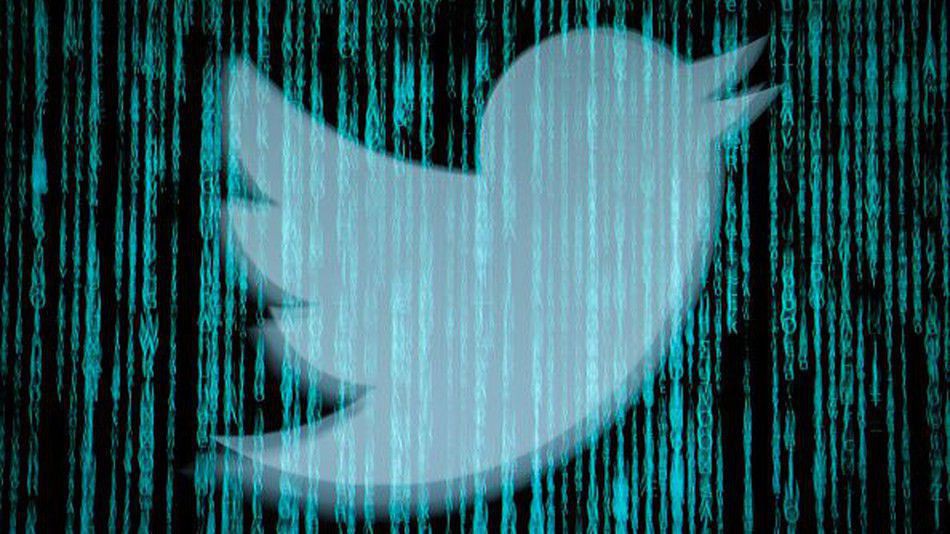By Natalie Johnson
Twitter sees an average of 500 million tweets per day and 6,000 tweets written per second. As one of the world’s leading social media platforms, the social media site facilitates the mass and constant exchange of information between users. Yet just last month, Twitter, Inc. notified 1.4 million users in the United States that certain accounts they engaged with during 2016 presidential election were not human. They were bots.
Bots, or “internet trolls,” are automated social media accounts designed to prolifically post and share information in huge volumes. They gained attention last year when the United States intelligence community announced the Russian government deployed Twitter bots as part of an effort to interfere with the 2016 presidential election.
“We identified and suspended a number of accounts that were potentially connected to a propaganda effort by a Russian government-linked organization known as the Internet Research Agency (IRA),” Twitter’s public policy blog said last month.
The St. Petersburg-based agency began working in 2014 to propagate distrust toward political candidates and U.S. democracy through YouTube, Facebook, Instagram, and Twitter. The FBI’s special counsel Robert Mueller indicted 13 Russian operatives who helped carry out the agency’s disinformation campaign.
The agency’s Twitter bots worked to undermine then-candidate Hillary Clinton and promote President Donald Trump, according to Wired. Bots spread hashtags such as #MAGA, #WarAgainstDemocrats, #Trump2016, and #Hillary4Prison. The IRA’s built accounts posing as if they belonged to Americans, such as @TEN_GOP, or “Tennessee GOP,” gained more than 100,000 followers. Content posted by the account was even retweeted by top Trump aides like Kellyanne Conway, Donald Trump Jr., and Gen. Michael Flynn.
Russian bots retweeted Trump’s tweets 470,000 times from Sept. 1 to Nov. 15, 2016, Twitter said in a submission to Congress. In a memo to the Senate Judiciary Committee, the company identified 50,258 Russian-linked bots tweeting election content in the 10-week period.
Automated accounts run by the IRA pose a similar problem for Facebook. Posing as American citizens, bots join and start fake interest groups and share political ads purchased by Russian operatives on the site. Yet, Twitter faces a unique vulnerability of its own making: the site does not prohibit the use of automated accounts. The policy protects the site’s mission to be a forum for public debate, Sean Edgett, general counsel for Twitter, told Congress. “The other rules like inflammatory ads content would take down most of these posts, but we don’t outright ban it,” he said.
Twitter faces a distinct threat in the bots’ style of attack on the site as well. Researchers at FireEye, a cyber security firm, studied the strategy to dispatch handfuls of bots carrying identical messages within seconds of each other. “Warlists,” as researchers refer to them, sent out the hashtag #WarAgainstDemocrats more than 1,700 times on Election Day. Warlist tweets typically tag high-profile users to gain their attention, such as news organizations, journalists, government agencies, and politicians — including @realDonaldTrump.
Twitter has terminated thousands of Russian-linked bots, but the threat of Russian meddling still persists heading into the 2018 elections. Bots promoted hashtags such as #BoycottNFL, #StandForourAnthem, and #TakeAKnee when black NFL players kneeled during the national anthem at football games to protest police brutality of blacks. Bots helped viralize #ReleaseTheMemo, which called in support for the release of a secret House republican memorandum.
Most recently, suspected Russian-linked bots posted and shared hundreds of tweets related to the Parkland, Fla. school shooting that killed 17 people. “This is pretty typical for them, to hop on breaking news like this,” Jonathan Morgan, chief executive of cyber security firm New Knowledge, told The New York Times. Bots “focus on anything that is divisive for Americans. Almost systematically,” he said.
Signs of Russian operatives continuing to work against the United States raise concerns for the midterm elections only months away. “I think that the continued use of trolls is likely, and that the impact of purging troll accounts has been minimal,” Adam Meyers, vice president at cyber intelligence company CrowdStrike, . Replacing banned accounts with new ones is fairly easy and bot-makers “appear to have many accounts in reserve to replenish ones that are banned,” Meyers said. Whether or not Twitter and Americans are prepared for Russia’s future interference is the next question.
Image Credit to Mashable



